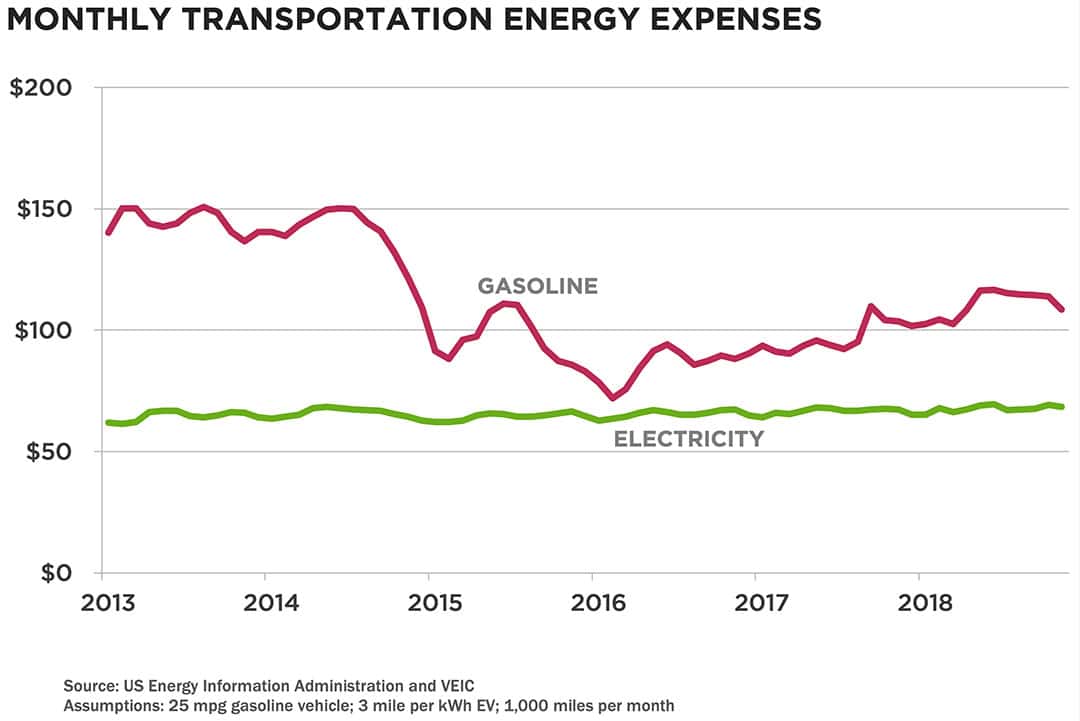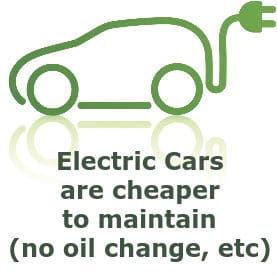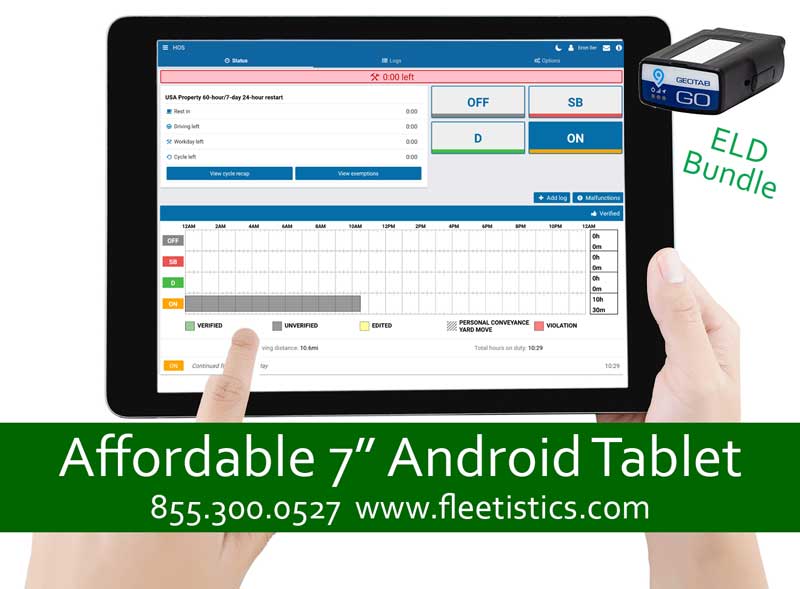Smart Fleet = Smart Government Webinar

Smart Fleet = Smart Government Webinar
Learn how you can maximize government telematics data in our exclusive Smart Fleet = Smart Government webinar on November 4, 2020 at 2:00 PM EST.
Smarter Fleets = Value
Finding increasing value in the data you are collecting is a tough job, especially in today’s uncertain economic climate. As health, EMS, and public safety spending increase and tax revenues decrease, Government fleet managers are being asked to do more with less, and without sacrificing safety and compliance. Telematics is an amazing tool to analyze your operations, pinpoint strengths and weaknesses, all while ensuring that safety and compliance are maintained at the highest levels.
Smarter Fleets = Insight
Learn more about tracking compliance and levels of service for your Public Works fleet, strategies that will help blaze a path forward to your electrification goals and how telematics goes beyond its traditional use as a fleet management tool to optimize smart transportation and Vision Zero initiatives.
Learn how to manage mixed fleets and assets including Public Works to:
- Track compliance and levels of service
- Monitor material usage
- Maintain core services citizens depend on
Build an electrification strategy tailored to your specific fleet’s needs:
- See how an EV Suitability Assessment can blaze a path forward to your future electric fleet
- Identify crucial EV specific data collection and use
Hear how data can be transformed into actionable smart city insights to:
- Understand local transportation patterns, traffic safety and road conditions
- Reduce greenhouse gas emissions
- Justify investments in digital infrastructure
Presented by Chris Jackson, AVP, Government Business Development, Public Works and Smart Cities at GEOTAB

Meet the Presenter
Having begun his career in the Government industry over 20 years ago with the 407 Express Toll Route; Chris has always been involved in telematics by leading several successful intelligent transportation system projects, which involved early adoption stages of telematics at the turn of the century. He transitioned quickly from being within a Government agency using telematics, to being part of the telematics vendor community working with Government groups across North America in successful implementations of their telematics needs; ranging from small municipalities, to large City, Provincial, and State agencies.






 The overall assessment based on rolling cost per mile, taking into account the cost of ownership, EVs are shown to be less expensive than ICE vehicles. However, EVs are not for everyone, both in the private and commercial space. Analysis can be done based on driving behavior, rolling cost per mile, location etc. to determine whether an EV could be a right fit. Contact us today for your personalized EV fleet analysis.
The overall assessment based on rolling cost per mile, taking into account the cost of ownership, EVs are shown to be less expensive than ICE vehicles. However, EVs are not for everyone, both in the private and commercial space. Analysis can be done based on driving behavior, rolling cost per mile, location etc. to determine whether an EV could be a right fit. Contact us today for your personalized EV fleet analysis.
 In the Telematics industry, our clients communicate throughout the workday on smartphones. Also, many run apps on phones or tablets. We use portable devices to manage work orders,
In the Telematics industry, our clients communicate throughout the workday on smartphones. Also, many run apps on phones or tablets. We use portable devices to manage work orders,  Other Technologies Being Researched
Other Technologies Being Researched